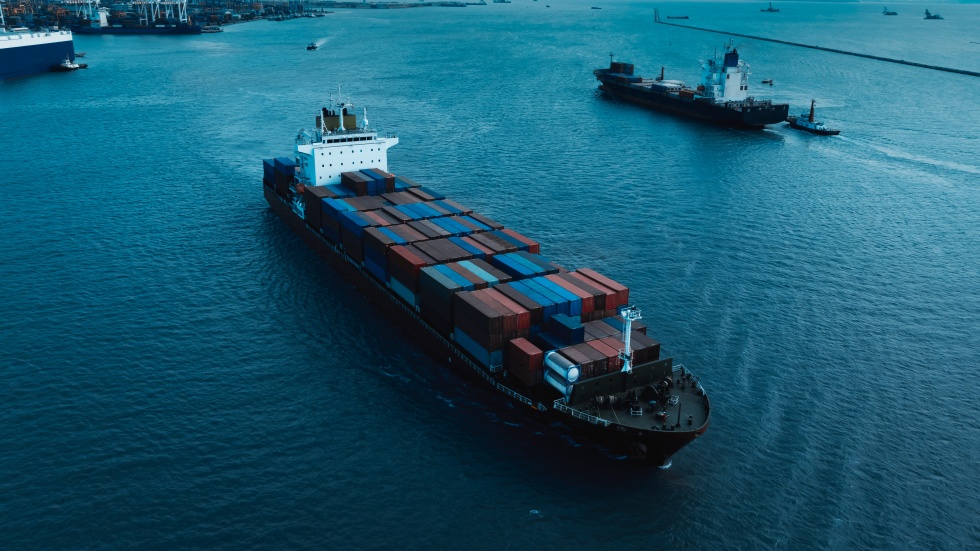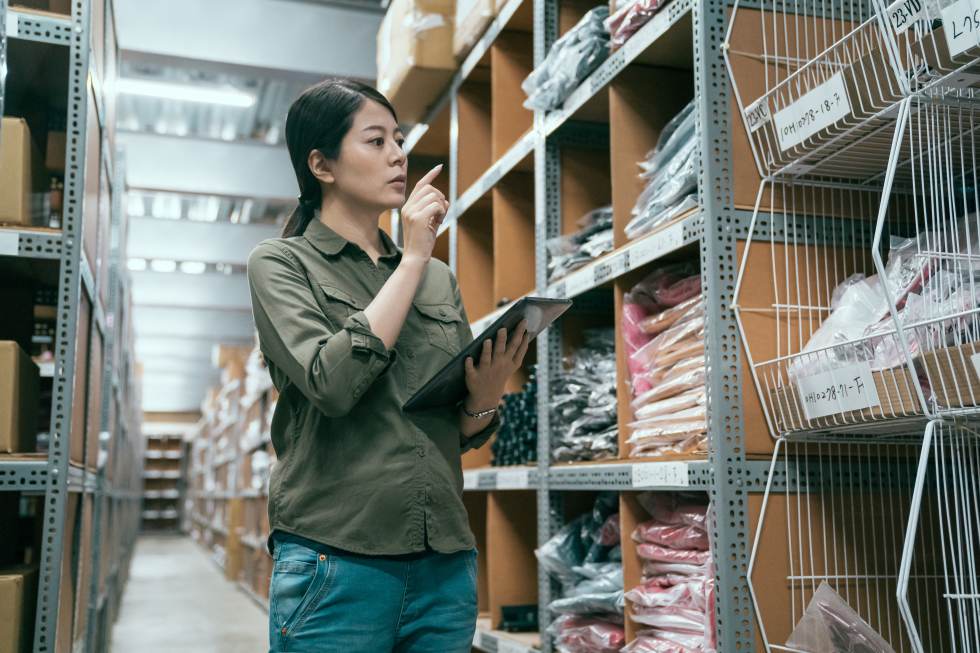Mastering China's Import Procedures: A Comprehensive Guide
Explore essential insights and strategies for navigating China's import procedures effectively. Unlock growth opportunities in China's dynamic import market.

China stands as a colossal player in the global economy, enticing businesses worldwide with its vast market potential and manufacturing prowess. As the world's largest exporter and second-largest importer, China's intricate import procedures require meticulous navigation. In this guide, we delve into the nuances of importing goods into China, shedding light on essential regulations, documentation requirements, and key considerations for successful trade ventures.
Understanding China's Import Landscape
China's import policies are designed to regulate the flow of goods into the country, ensuring compliance with regulatory standards and safeguarding national interests. Importers must navigate a myriad of regulations, tariffs, and procedural intricacies to facilitate smooth trade operations.
Import Restrictions and Prohibitions
China imposes restrictions and prohibitions on certain goods to protect public health, national security, and cultural heritage. Prohibited items include firearms, explosives, illicit drugs, and endangered species. Additionally, specific permits or licenses are required for the importation of pharmaceuticals, chemicals, and machinery, among other commodities.
Tariffs and Duties
Imported goods are subject to customs duties and taxes, which vary based on the product category and origin. Value-added tax (VAT), consumption tax, and customs duties contribute to the overall tax burden on imported goods. Understanding tariff classifications and preferential trade agreements can mitigate import costs and enhance competitiveness in the Chinese market.
Key Statistics:
- China's average customs duty (excluding agricultural products) stands at 7.6%, offering a relatively low rate for importers.
- Certain products attract higher customs tariffs, ranging from 3% to 30%, depending on their classification and import status.
- Preferential tariff rates are granted to imports from countries with which China has signed trade agreements, fostering international trade relations.
Essential Documentation for Imports
Successful importation into China hinges on comprehensive documentation compliance. Importers must adhere to stringent documentation requirements to facilitate customs clearance and regulatory compliance.
Key Import Documents
- Customs Declaration Forms: Provide detailed information about imported goods and their value.
- Commercial Invoices: Document the financial transaction between the buyer and seller.
- Packing Lists: Detail the contents and quantities of packaged goods.
- Certificate of Origin: Authenticate the origin of imported goods and eligibility for preferential trade benefits.
Customs Clearance Process
Navigating China's customs clearance process is a critical aspect of importing goods into the country. Understanding the procedural steps and documentation requirements is essential for expediting customs clearance and ensuring timely delivery of imported goods.
Steps in Customs Clearance
- Declaration: Importers submit a declaration to customs authorities, detailing the imported goods' nature and value.
- Inspection: Imported goods may undergo inspection and certification to verify compliance with regulatory standards.
- Duty Payment: Importers are responsible for paying customs duties and taxes applicable to imported goods.
- Release: Upon completion of customs clearance procedures, imported goods are released for distribution within China.

Special Considerations for Importing into China
Importers must navigate unique challenges and considerations when importing goods into China, particularly in regulated industries such as food and pharmaceuticals.
Regulatory Compliance
Strict regulations govern the importation of food, pharmaceuticals, and other sensitive products. Importers must adhere to packaging, labeling, and quality standards mandated by Chinese regulatory authorities to ensure product safety and consumer protection.
Import Restrictions
China imposes import restrictions on certain categories of goods, including agricultural products, chemicals, and electronics. Importers must familiarize themselves with import regulations and restrictions specific to their product category to avoid compliance issues and delays.
Navigating China's Import Landscape
In conclusion, mastering China's import procedures is essential for businesses seeking to tap into the country's vast market potential. By understanding regulatory requirements, documentation protocols, and customs clearance procedures, importers can navigate China's import landscape with confidence and efficiency. As China continues to evolve as a global economic powerhouse, staying abreast of regulatory changes and market dynamics is paramount for successful trade ventures.
For businesses looking to explore opportunities in China's import market, diligent preparation, compliance with import regulations, and strategic partnerships are key to unlocking growth and prosperity in the world's most populous nation.
Unlock the potential of China's import market with Export Portal's comprehensive resources and expert guidance. Explore new horizons and embark on a journey of trade and prosperity in the dynamic landscape of China's import industry.






Comments 0